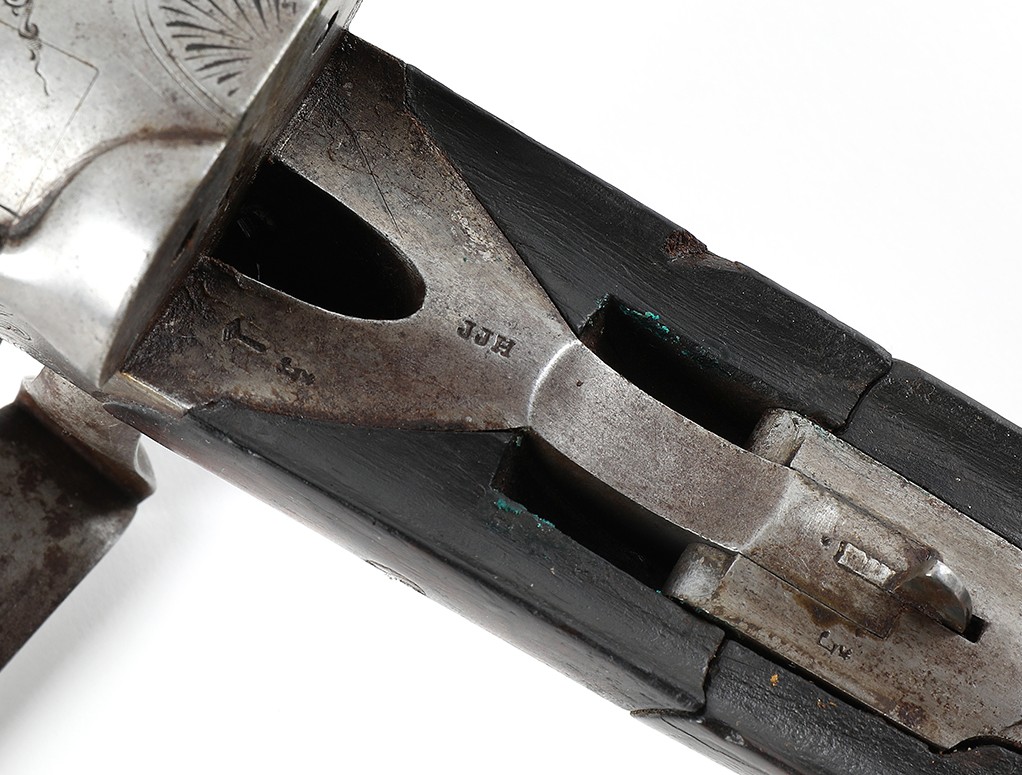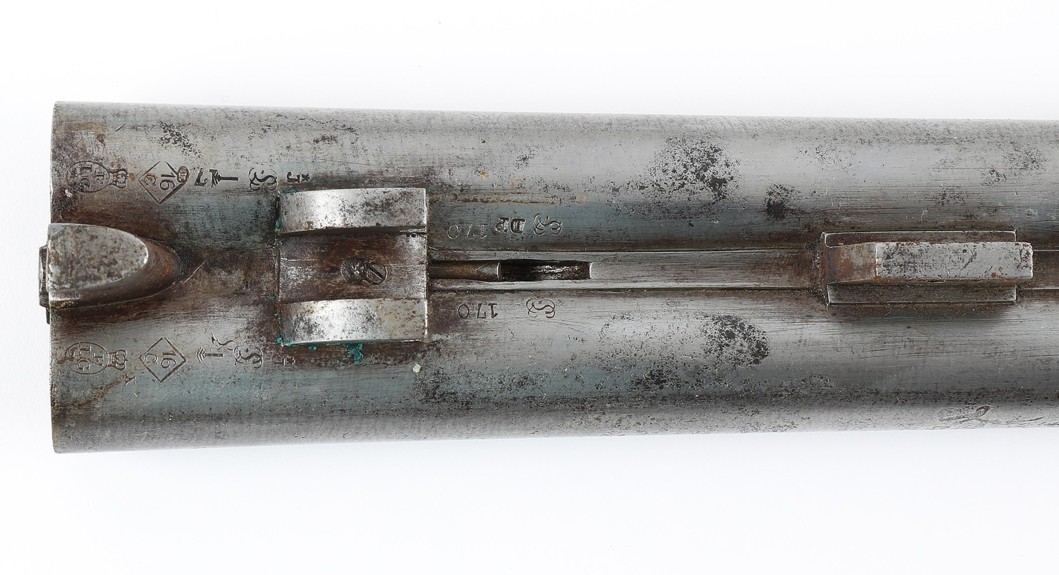Some of the most beautiful work of this craftsman, and many others, are in this book “Liège Gunmakers through their Work. 1800 - 1950”.
For more detail see: LIEGE GUNMAKERS
HERMAN Jean Joseph
Here is an hunting rifle with hammers placed very
obliquely, and with an opening key in front of the bridge that swivels to the
right. We also see the initials
JJH that could be
linked to
Jean Joseph Herman,
rue Large-Voie 489 in Herstal, who filed several patents, precisely with opening
keys, but if I have understood the drawings and texts of the patents (which I
doubt, modesty obliges...), the keys are lowered vertically, as in another
patent by G. Jeffries in 1875 (also filed in England). However, this is only a
hypothesis because 1° we do not have the dates of
Jean Joseph
Herman’s registration at the Liège
proofhouse, 2° the patents he filed were filed between 1875 and 1879. However,
as we will see later, the rifle dates from 1898 to 1922.
There was
also Jacob Benjamin’s right-hand swivel wrench patent in 1861, but that’s not
the one we’re talking about.
On the other hand, a member of the team found, in his mountain (Himalayan?) of patents, the number 6635 filed in Belgium on November 29, 1858 by the Englishman Charles Lancaster which "sticks" very well to the rifle we are dealing with, not only for the opening key but also for the percussion.
Here is
another Improvement/Import Patent No. 6635 from Sir Charles Lancaster.
It seems
to me most interesting for the application, because on the sketch the
percussionists and hammers as well as the key and its operation are identical to
the application.
In
addition, the plate is also of the rear type, as well as the drawer key that
ensures the fixing of the barrel, which is also identical.
In this
patent no. 6635 mention is made of Mr. Gastinne Renette, on this subject, it
should be noted that in 1853 he patented a system copied by most of the
arquebusiers of the time, and which is the origin of the two-shot rifles.
Gastinne
Renette sold this system to Charles Lancaster in England, it will be the
starting point for all center percussion rifles.
I think
it would be really imprudent to use modern cartridges with this rifle, because
in my humble opinion and in view of the locking system it was built for black
powder ammunition.
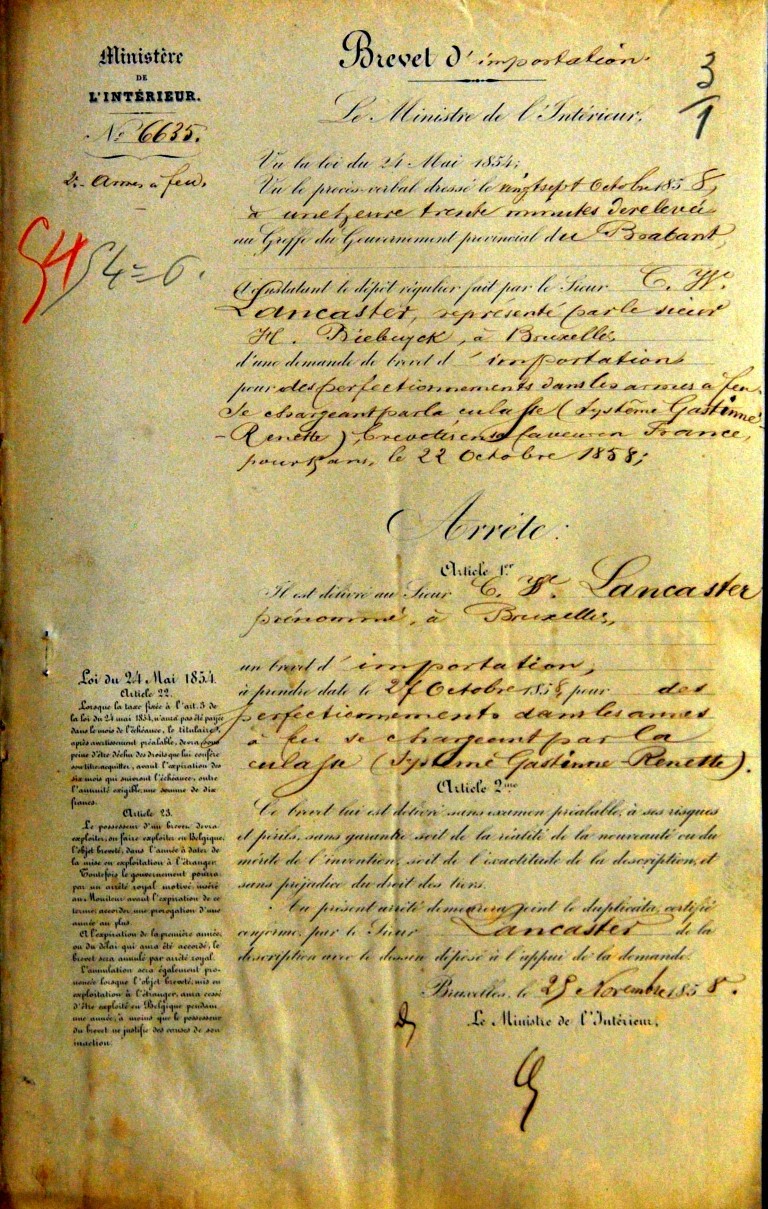
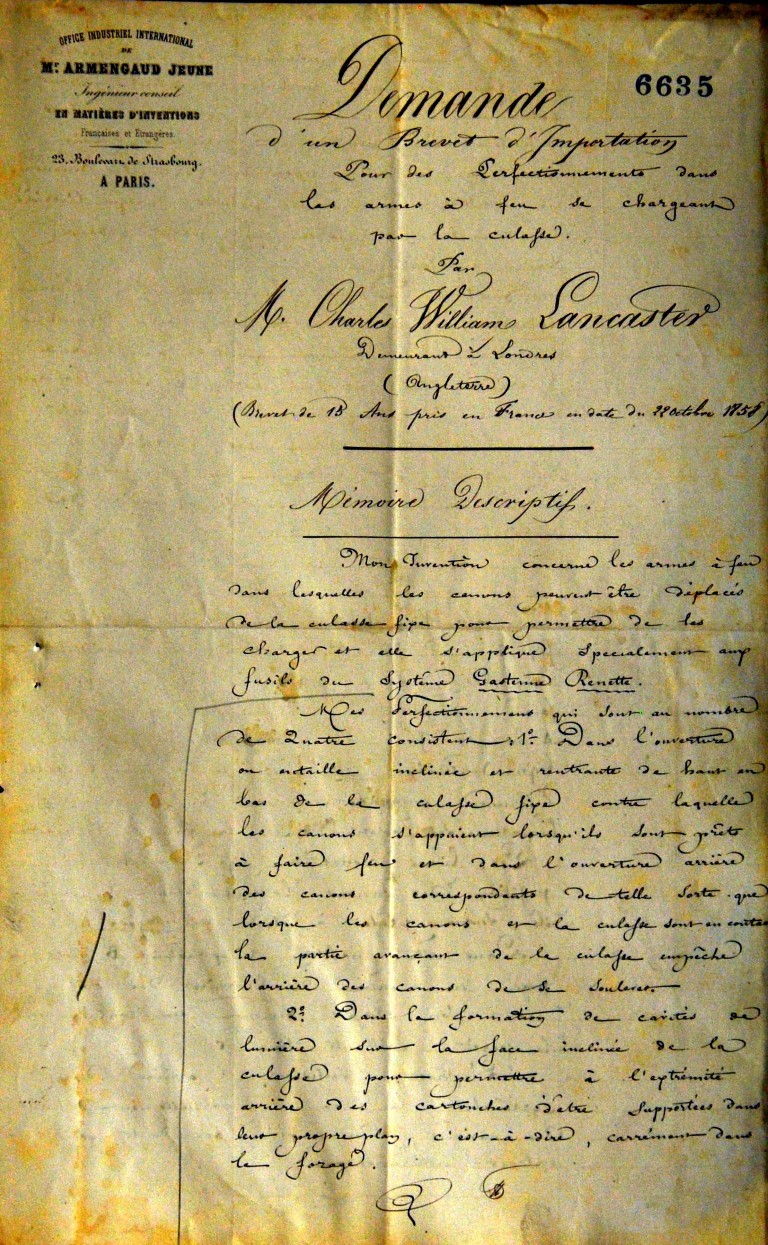
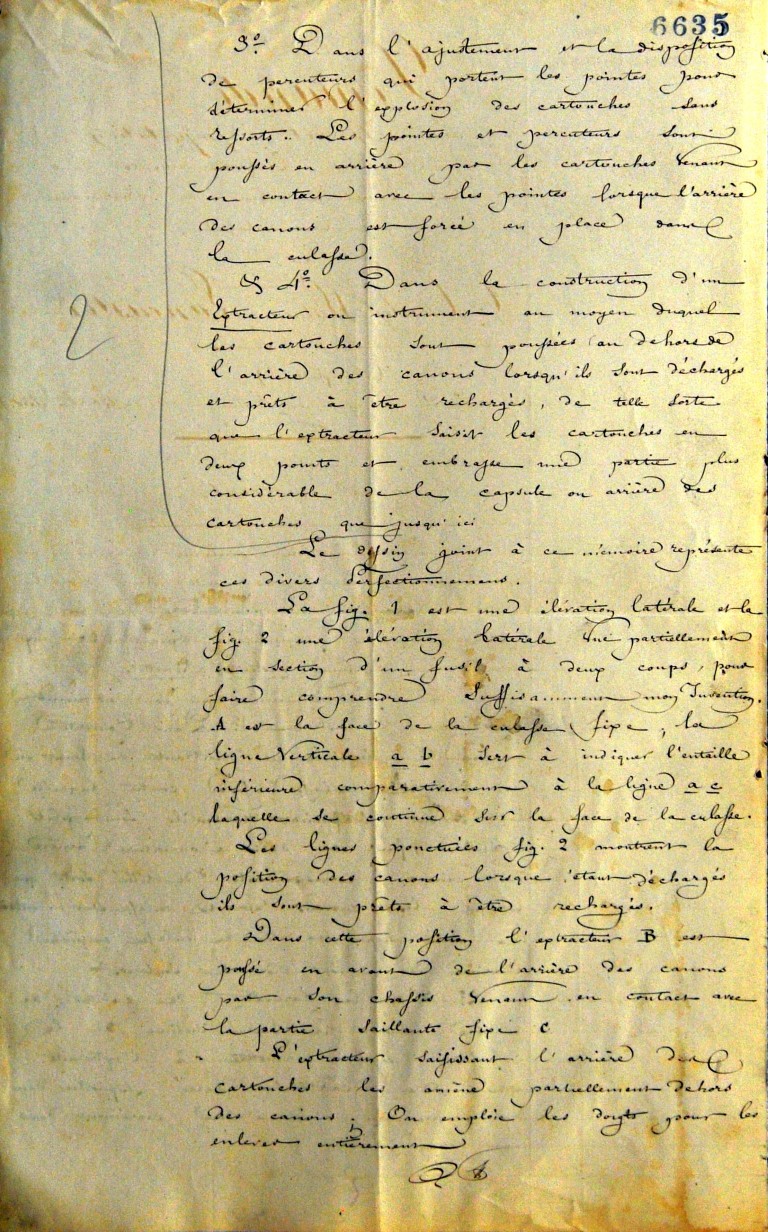
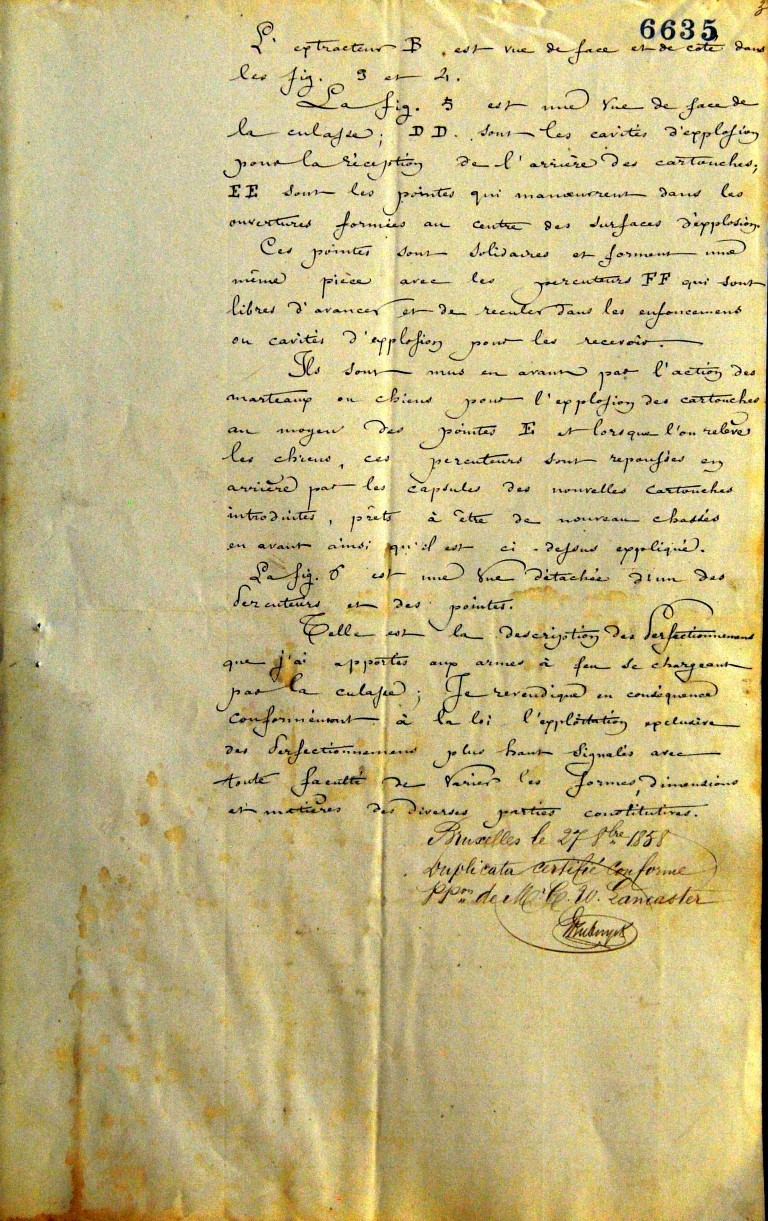
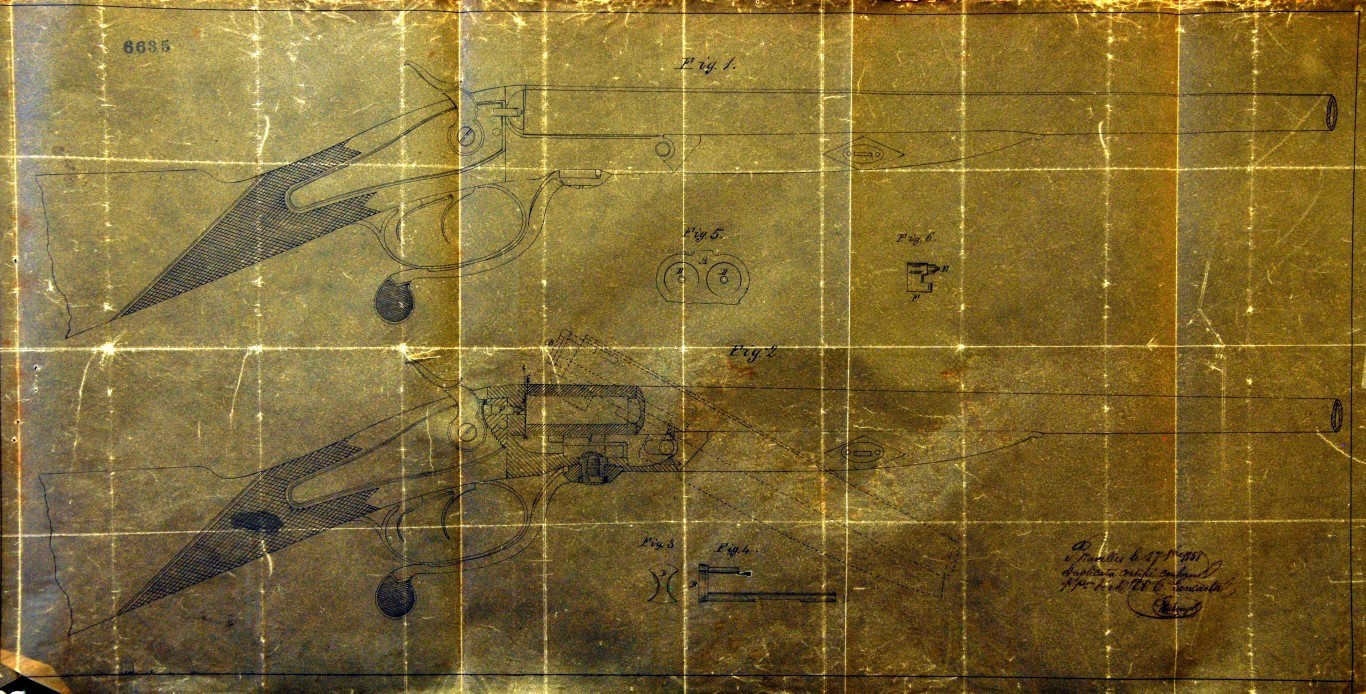
You will
probably think: why still use a system of 1858 forty years, or even more, later?
Why not? If it works! This will give work to the "zouaves" who meddle to write
on the old petoires a century later ...
Markings
ELG on
star in crowned oval: acceptance, in use since 1893;
16 C in
elongated diamond: calibre, in use between 1898 and 1924;
EL:
provisional proof, in use since 1852;
Perron:
inspection, in use since 1853;
J under
asterisk: countermark of a controller in use since 1877;
17.0 :
the gauge in mm.
I do not
see an annale letter (introduced in 1922): the rifle was therefore presented to
the profhouse in Liège between 1898 and 1922.
GP with the help of MAX.
